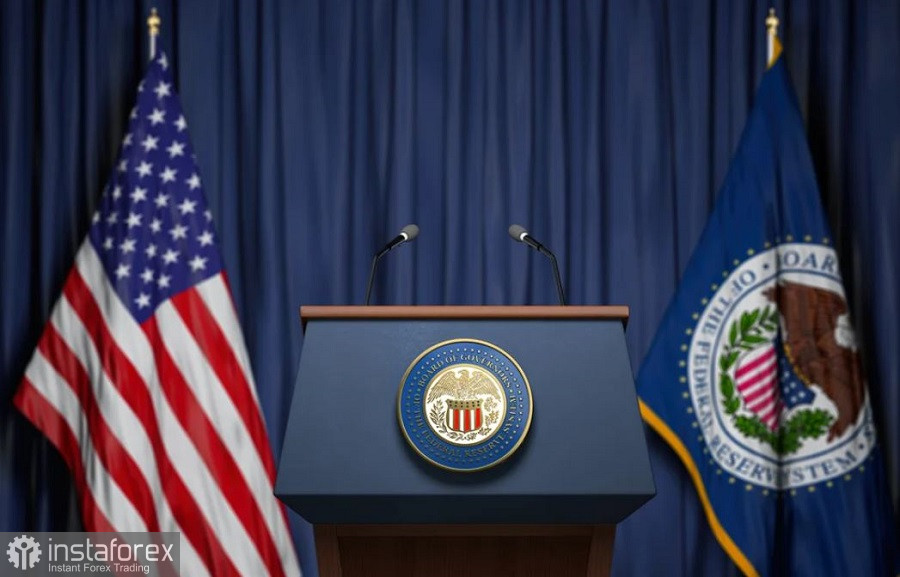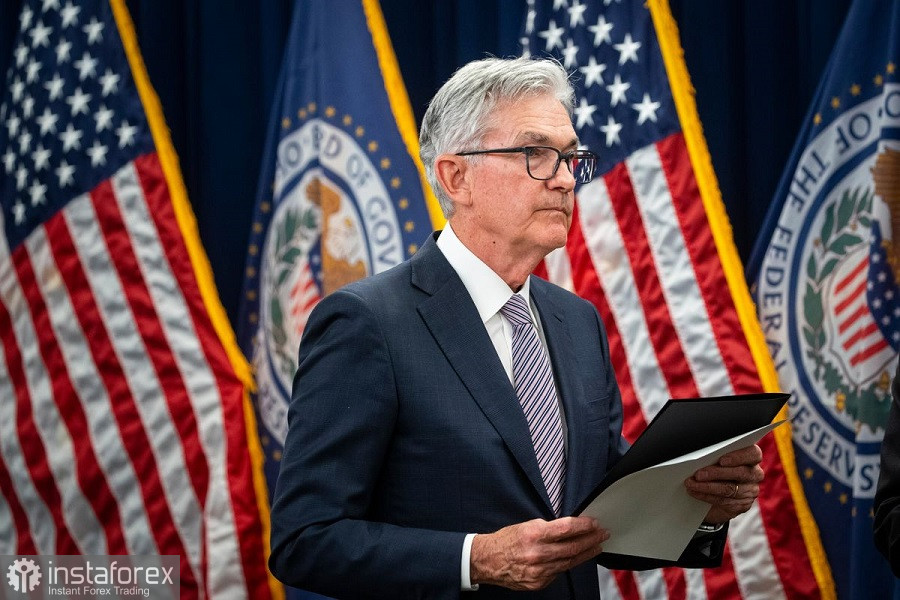It is difficult to overestimate the significance of the Fed's November meeting. Traders of dollar pairs are waiting for the verdict, not daring to make unipolar decisions – either in favor of the greenback or against it. A vivid illustration of this is the EUR/USD pair, which cannot determine the vector of its movement. On Monday, the price dropped sharply to the area of the 98th figure, but yesterday the downward momentum faded, which buyers took advantage of. However, their successes also leave much to be desired: the pair is circling around the 0.9900 mark, reflecting the indecision of both bears and bulls on EUR/USD.

In general, a paradoxical situation has developed around the November meeting of the Fed. On the one hand, market participants have no doubt that the regulator will increase the interest rate by 75 basis points today. On the other hand, the general plot contains intrigue, primarily regarding the further pace of monetary policy tightening.
So, the probability of a 75-point rate hike in November is currently 90.2%. The probability of implementing a 75-point scenario at the December meeting is 50.3%. These figures, published by the CME FedWatch Tool service, indicate the precariousness of the current situation. The scales can tilt both in the direction of the dollar and against it. If the members of the regulator in the accompanying statement (or/and Jerome Powell at a press conference) hint, or at least do not rule out, a slowdown in the tightening of monetary policy at the end of this year / early next year, the greenback will be under the strongest pressure. In this case, the EUR/USD pair will not only overcome the parity level but also gain a foothold above the 1.0050 resistance level (the upper line of the Bollinger Bands indicator on the daily chart).
Moreover, the dollar may react negatively even to veiled hints from the Federal Reserve – for example, if the text of the final communique (or Powell's rhetoric) emphasizes accordingly. For example, if the regulator expresses concern about the slowdown in a number of macroeconomic indicators in the United States, takes care of the decline in the global economy, and pays attention to difficult international conditions. In other words, even if the Fed voices hypothetical reasons for slowing down the pace of rate hikes without directly indicating such intentions, the dollar will be under the strongest pressure. The fact is that over the past two weeks, the situation has been escalating in a certain way, the information background has been "dovish" in nature, so market participants will "look out" for such hints in the Fed's rhetoric.
In my opinion, only "direct verbal interventions" of a hawkish nature will help the dollar bulls. In the text of the accompanying statement, as a rule, very streamlined, diplomatic language is used, so all hope is on Federal Reserve Chairman Jerome Powell. He should convey to traders a simple but important message: the Fed is not going to slow down until inflation in the United States shows signs of slowing down; without fulfilling this condition, it is pointless to reduce the pace of the rate hike. The head of the Fed should voice this message categorically and unequivocally. In this case, dollar bulls will be able to organize another rally, returning the EUR/USD pair to the area of 96–97 figures.
Whereas all doubts, ambiguous hints, and cautious wording will be interpreted against the US currency.
How likely is the implementation of a conditionally "hawkish" scenario? In my opinion, this scenario is basic, given all the previous rhetoric, not only of Powell but also of most of his colleagues. Powell has consistently (since the August economic symposium in Jackson Hole) defended his position that the regulator should curb inflation, while agreeing with the presence of side effects. And now, with the side effects of the Fed's aggressiveness starting to show, and inflation still at unacceptably high levels, can Powell back off?

Note that the core consumer price index jumped in September to 6.6% in annual terms. This is the strongest growth rate since 1982. The upward dynamics of the core index is fixed for the second month in a row. The core personal consumption expenditures price index (the Fed's main inflation indicator) strengthened its growth rate to 5.1% year on year after rising 4.9% a month earlier. All these signals indicate that the Fed has not yet completed its number one task.
As for the notorious "side effects," there are also some nuances here. Against the backdrop of a slowdown in many macro indicators, data on US GDP growth in the third quarter came out in the "green zone." The US economy expanded by 2.6% (against a growth forecast of 2.3%), after a two-quarter decline in the first half of 2022.
Thus, despite the circulating rumors of a "dovish" nature, the likelihood of a "hawkish" scenario being realized today is quite high. Powell is likely to reaffirm his commitment to aggressive monetary tightening, and in one form or another, will repeat his phrase that Americans will have to put up with an economic slowdown, as "this is a sad price for reducing inflation."
Nevertheless, given the continued likelihood of an alternative ("dovish") scenario, it is most expedient to take a wait-and-see position for the EUR/USD pair now, at least until the end of the final press conference of the head of the Fed.
 English
English 
 Русский
Русский Bahasa Indonesia
Bahasa Indonesia Bahasa Malay
Bahasa Malay ไทย
ไทย Español
Español Deutsch
Deutsch Български
Български Français
Français Tiếng Việt
Tiếng Việt 中文
中文 বাংলা
বাংলা हिन्दी
हिन्दी Čeština
Čeština Українська
Українська Română
Română

